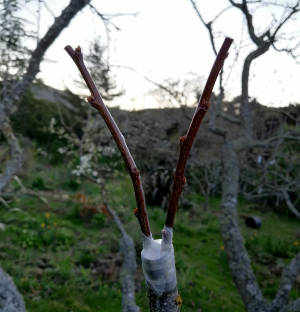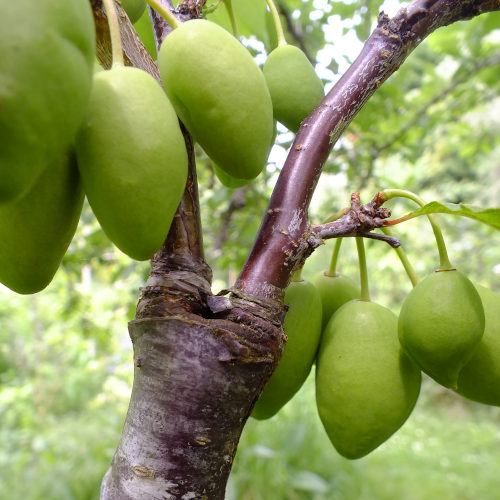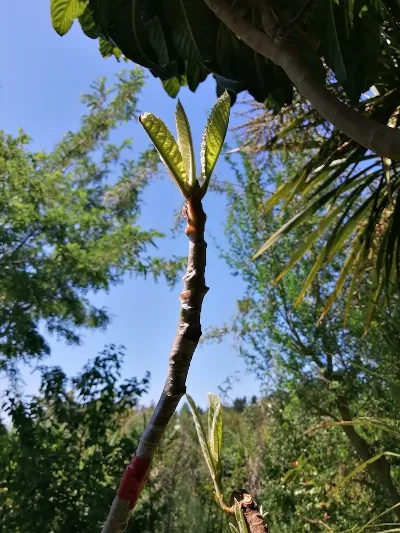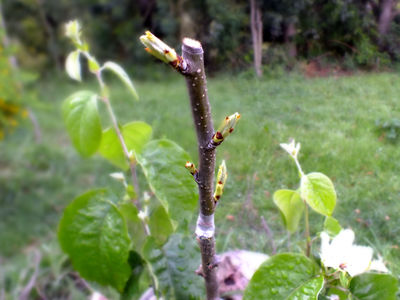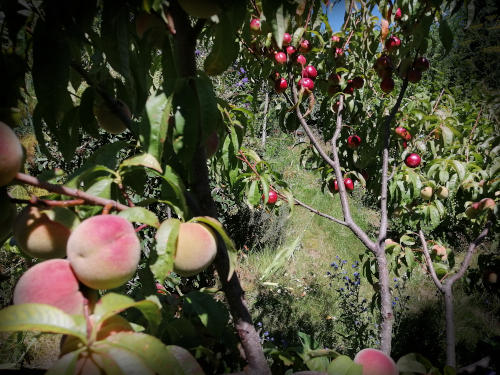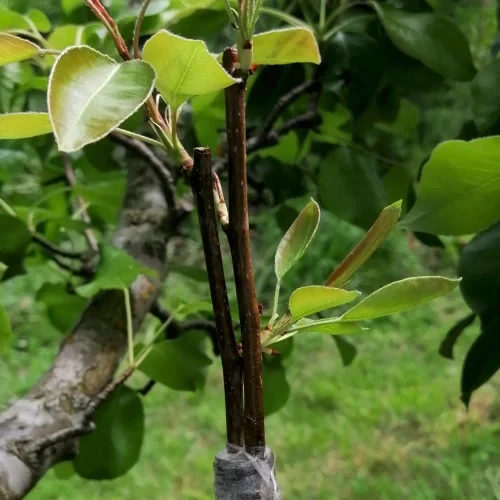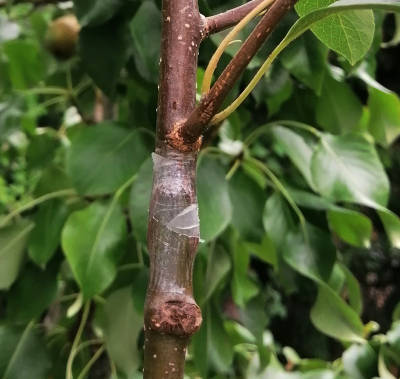Rootstock compatibility for different types of tree
Make sure you are using the correct rootstock or host tree for your scions or you will be wasting your time
Graft success can vary by cultivar, age, technique, and local growing conditions. Incompatibility may not show immediately—sometimes it takes a few years before graft union failure.
Using interstems can help bridge between incompatible species.
If you're planning a multi-graft tree or trialling unusual grafts, it’s wise to test compatibility with small numbers first and monitor graft unions over time.
| Rootstock | Scion |
|---|---|
|
Almond Although they prefer well-drained, deep, loamy soils, they will tolerate other soil types, including poor soils, as long as they are not wet or poorly draining, which they absolutely cannot abide. |
Almond, Peach, Nectarine, Asian Plum, Apricot (prefers own apricot rootstock), European Plum (many varieties incompatible), Ume, Plumcot |
|
Apple a range of heights from 3 - 10 meters |
Apple, Medlar, Quince, European Pear |
| Apricot | Apricot, Plumcot, Ume, European Plum (most varieties incompatible), Peach (short-lived), Nectarine (short-lived), Asian Plum |
| Asian Pear | Nashi (Asian pear), Asian pear hybrids, European pear (fruit quality affected, some partial or delayed incompatibility) |
| Cherry | Sweet Cherry, Sour Cherry |
|
Cherry Plum / Asian Plum Tolerate much wetter soils than other stonefruit |
Asian Plum, European Plum (some varieties incompatible), Plumcot, Ume |
|
European Pear Can grow to heights of 13 meters |
European Pear, Northern Spy Apple only, Hawthorn (various species), Medlar (imperfectly compatible), Nashi (Asian pear) |
| Peach | Peach, Nectarine, European Plum (short-lived, many varieties incompatible), Almond, Ume, Apricot (prefers own apricot rootstock), Plumcot, Asian Plum |
|
Quince Used to grow dwarf pears at around 4 meters |
Quince, Loquat (dwarfing), Pear Incompatible pear cultivars, requires an interstock of compatible pear. Learn more about producing dwarf pears here.
Compatible pear cultivars
|
